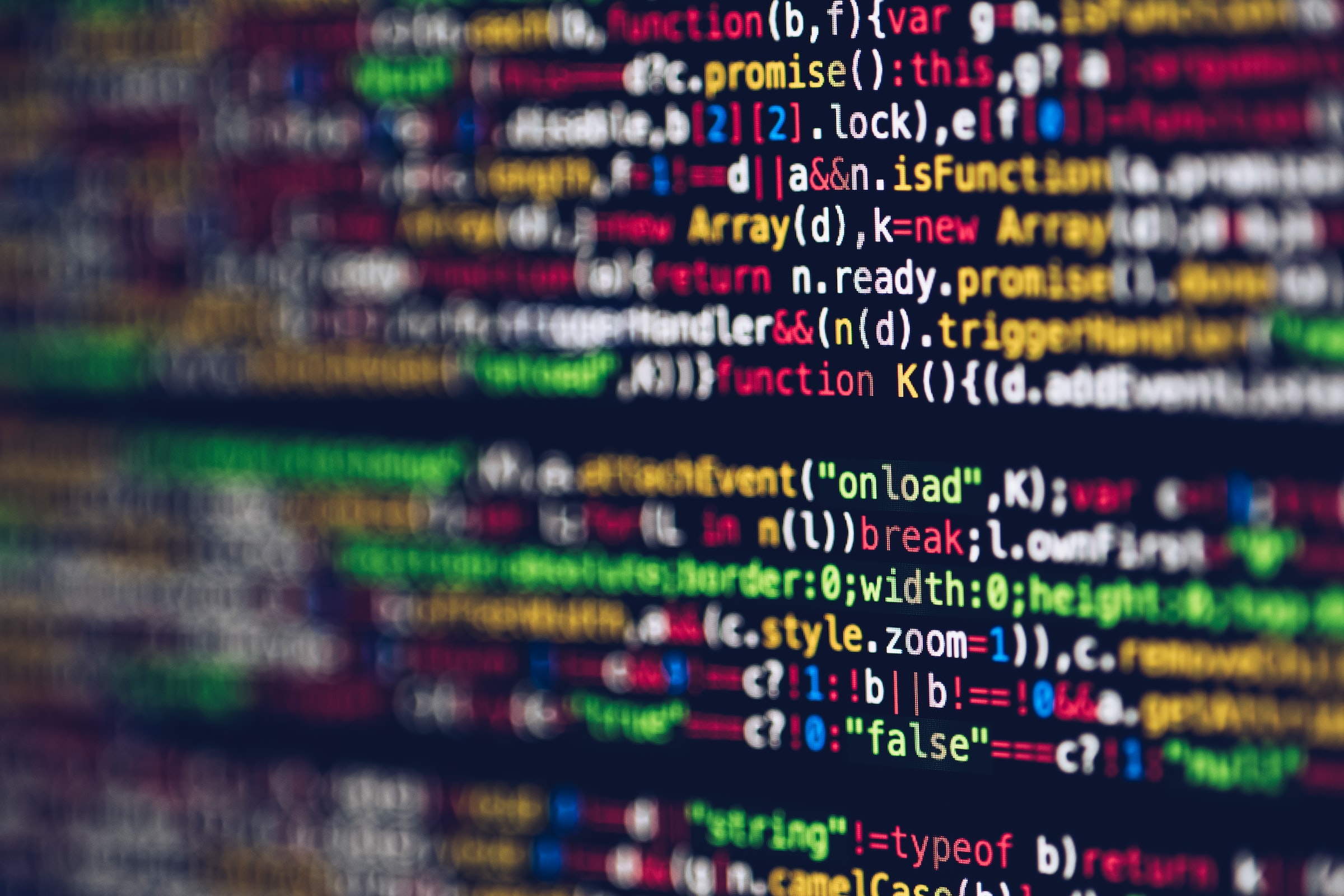
8 min read

How much more would you get done if you had your own version of Iron Man’s JARVIS?
As services like Alexa, Google Assistant, and Apple’s Siri increase their capabilities, they will expand to become part of our lives 24/7, serving as our interface with the world around us.
Imagine a JARVIS-like “software interface” that you give permission to listen to all of your conversations, read your email, watch what you eat, and monitor your blood chemistry.
With access to such data, these AI-enabled-software shells will learn your preferences, anticipate your needs and behavior, shop for you, monitor your health and help solve your problems in support of your goals.
Your JARVIS-like software will call an autonomous Uber for you whenever needed, before you have to ask, will alter the room’s temperature to suit your comfort, and serve up your favorite food before you ever ask. Imagine the world’s best “executive assistant” who is all-knowing and almost psychic, as it meets all your needs and desires.
In today’s blog, the fourth of our 20 Metatrends series, I’ll share a vision for an AI-assisted future and discuss what’s possible with the leading AI assistants—today and tomorrow.
Let’s dive in…
A DAY IN THE LIFE OF 2030s
AI assistants of the future will help us do more with our most precious commodity: time.
According to Microsoft President Brad Smith, they’ll do this by serving as our “alter egos”—knowing us more intimately than any other person in our lives.
In his book The Future Computed, Smith and his co-author Harry Shum paint a picture of what a typical day in 2030’s, powered by AI assistants, might look like. Here’s an adapted version of that vision.
Your AI assistant goes through your calendar and talks to your other electronic devices to plan your day while you sleep.
With an eye on your sleep cycles, it wakes you at a time when you will feel most refreshed—within a window of time you've previously approved. It monitors your health vitals to make sure you’re in top shape.
As you get ready for your day, your assistant briefs you on any news or social media it deems relevant, outlines your meetings, and suggests the best time to leave the house based on traffic. It’s already ordered autonomous transport for you.
Your first meeting of the day is virtual with a team from Korea. You take it using mixed reality glasses and join your colleagues in a virtual boardroom. Everything spoken in Korean is simultaneous translated without delay.
Throughout the day, your virtual assistant is drafting your emails, which are always near perfect. All you have to do is approve them. Your assistant has also drafted 5 reports, a patent application you’re excited about, and served you lunch, and a snack based on what’s optimal for your current blood chemistry.
As you walk into your home at the end of the day, the music is playing the perfect tune to lift your spirits. It notifies you that dinner is arriving in 20 minutes and suggests a fun comedy routine by your favorite comedian to pass the time.
So, how close are we to this future?
THE CURRENT STATE OF AI VOICE ASSISTANTS
For most people, their experience of interacting with an AI-powered assistant is through the voice-based assistants in their phones or home devices. These voice assistants are continuously advancing in capability, doing everything from buying items online and sending texts, to mapping travel routes and adjusting thermostats, lights, and locks in your home.
Today, 72% of voice assistant users admit that their devices are critical to their daily routine.
The top 3 voice assistants in terms of market share are Apple’s Siri, Amazon Alexa, and Google Assistant. Here’s the current numbers as of 2022:
-
Google Assistant is now built into more than 1 billion devices
-
Apple’s Siri is being used by approximately 500 million people
-
Amazon Alexa currently has 40 million users
But Amazon’s numbers are a bit misleading. It’s actually amazing on many fronts, check this out:
-
Since its launch, Alexa has gained more than 130,000 skills
-
In 2020, 70% of smart speaker users in the US used Amazon Echo
-
About 100,000 smart home devices support Alexa
-
In 2020, ~11% of digital buyers relied on Amazon Alexa for online shopping
WHAT’S POSSIBLE ACCORDING TO AMAZON & GOOGLE
Amazon and Google are leading the charge when it comes to AI-powered voice assistants.
Amazon Alexa
For Amazon’s Head of Alexa Rohit Prasad, his vision for Alexa is for it to become “an indispensable personal assistant, adviser, and companion for anyone, anywhere.”
Today (as mentioned above), thanks to an AI powered by 30 different machine learning systems and featuring over 130,000 available skills, Alexa can perform a range of functions: control your smart home, help you learn about any topic, translate, give you reminders, etc..
Prasad offers 3 more examples of how much Alexa has evolved since its launch in 2014:
1. “Proactive assistance”: Two examples of being “proactive” are Alexa “Hunches” and “Routines.” With Hunches, if you leave your garage door open, Alexa can remind you and can close it on its own. Prasad gives an example of how he uses Routines in his personal life during the morning: “When I stop my wake-up alarm, Alexa automatically turns on my bedside light, tells me the day’s weather, and starts NPR Morning Edition.”
2. “What Should I Watch”: This recently launched this “conversational experience” that combines Alexa and Fire TV recommendations to help turn Alexa into an entertainment expert that can help you find content you like.
3. Improved shopping experience: Using only your voice, Alexa can now help you place orders, get product questions answered, and receive delivery notifications. Amazon also just released a new feature called “Shop the Look” that allows customers to browse beauty, fashion, and home products directly on an Echo Show by saying things like “Alexa, show me blue yoga pants.”
Google Assistant
According to the Head of Google Assistant, Sissie Hsiao, voice computing is about to become more conversational by removing the need for the wake word “Hey Google” during interactions. Sissie Hsiao offers a few examples of the future:
1. “Quick phrases”: When Google introduced its Pixel 6 smartphone last year, it released quick phrases, which allow you to accept or decline a phone or skip an alarm without having to say “Hey Google” first. And now, on the Nest Hub Max, you can program a short command like “Turn on the kitchen lights” as a quick phrase—so that it becomes both the wake word and the command.
2. “Look and Talk”: This new feature also eliminates the need to say “Hey Google” to Nest Hub Max smart display. Instead, to initiate the interaction, the built-in camera will scan your face. For example, if you walk into your kitchen and notice a leaky faucet, you could look at your Nest Hub Max and then ask it for a list of nearby plumbers.
A FUTURE BEYOND VOICE
What’s coming next is a full integration in the visual realm and the sensor realm, connecting your “JARVIS” with the full IoE (Internet of Everything) in your home, office, transport... every moment of the day, everywhere.
In the visual realm, Amazon’s Head of Alexa, Prasad points out that, “Communication between people, and we hope soon with Alexa, is so much more than just voice—it’s facial expressions, hand gestures, body language.”
As such, Alexa will soon need to process different sensory signals such as touch, ultrasound, and visuals, as well as speech. All these capabilities fulfill the promise of “ambient intelligence”, merging all data in your environment to seamlessly assist you at every moment.
As Prasad concludes, “The goal is to put this intelligence when and where you need it—it even anticipates your needs—but it disappears into the background when it is not needed.”
In the sensor realm, future versions of JARVIS will be connecting with a slew of sensors on your body, in your body, and in your environment to constantly measure your state of health. Everything from your OURA ring and Apple Watch to the more than 1,000 biomedical sensors currently under development.
FINAL THOUGHTS
In our last Metatrend blog, we discussed how every profession will have AI as a co-pilot. As described above, some future version of JARVIS, whether from Amazon, Google, or Apple, will become the co-pilot for our lives, helping us maximize our desires and minimize time spent on menial tasks.
Whether at work or at home, AI will become increasingly integrated in everything we do.
In our next blog in this Metatrend series, we’ll move on to the next category: “The Rise of Robotics.”
In Metatrend #5, we’ll look specifically at the notion that Humanoid Robots & Avatars Are Arriving.
DOWNLOAD MY FREE METATRENDS REPORT
If you’re interested in what I think is *most important* for entrepreneurs, creatives, and leaders to understand over the next 10 years, then download a free copy of my full report: Top 20 Metatrends & Moonshots Report for 2022 - 2032.
ALSO, these 20 Metatrend topics are the focus of my annual Abundance360 Summit where I bring together top entrepreneurs, investors and CEOs to discuss how these Metatrends are re-inventing every industry.
Abundance360 is my year-round Mastermind and Executive program. It is Singularity University's highest-level year-round, executive program.
The Summit takes place every March in Los Angeles.







